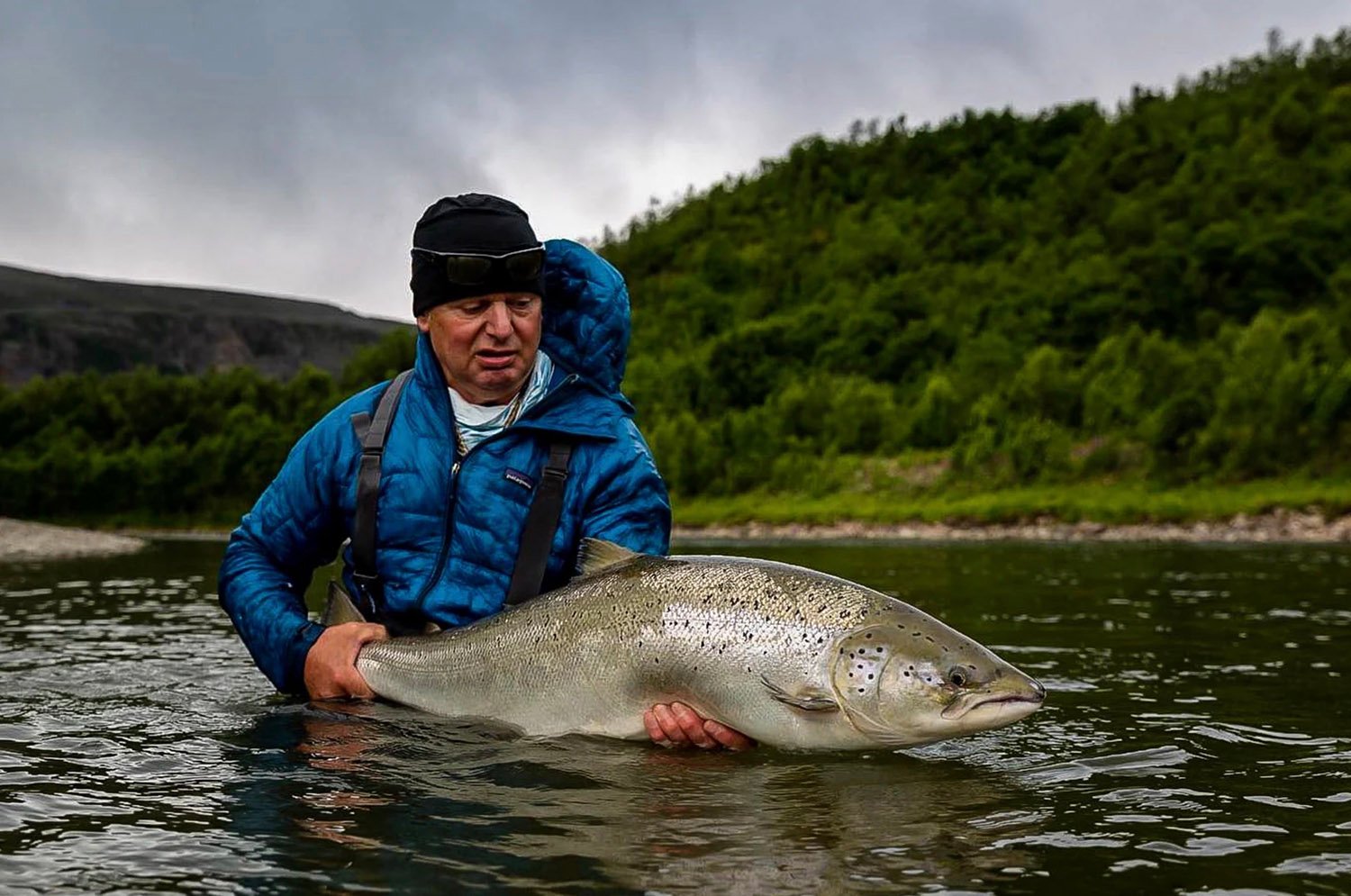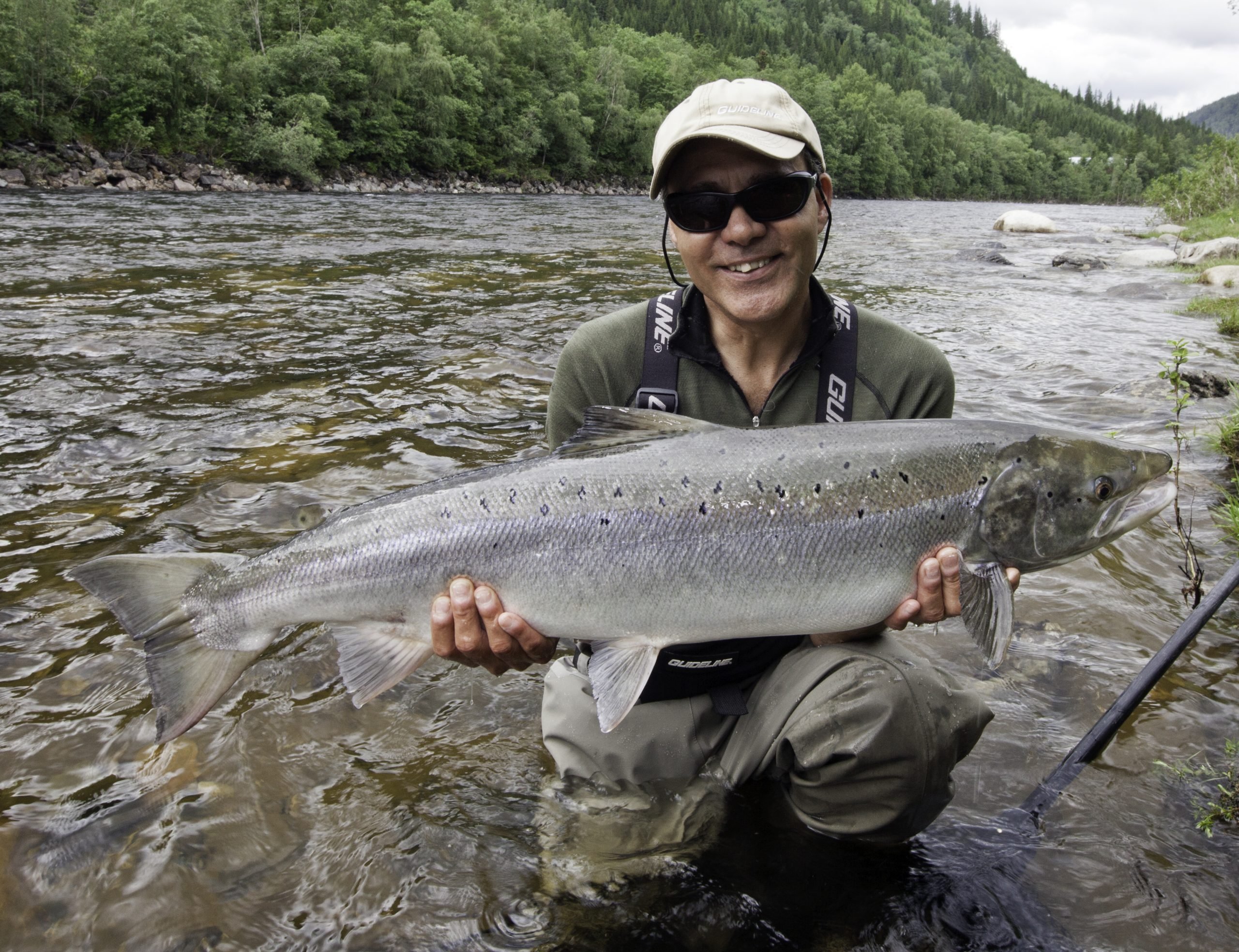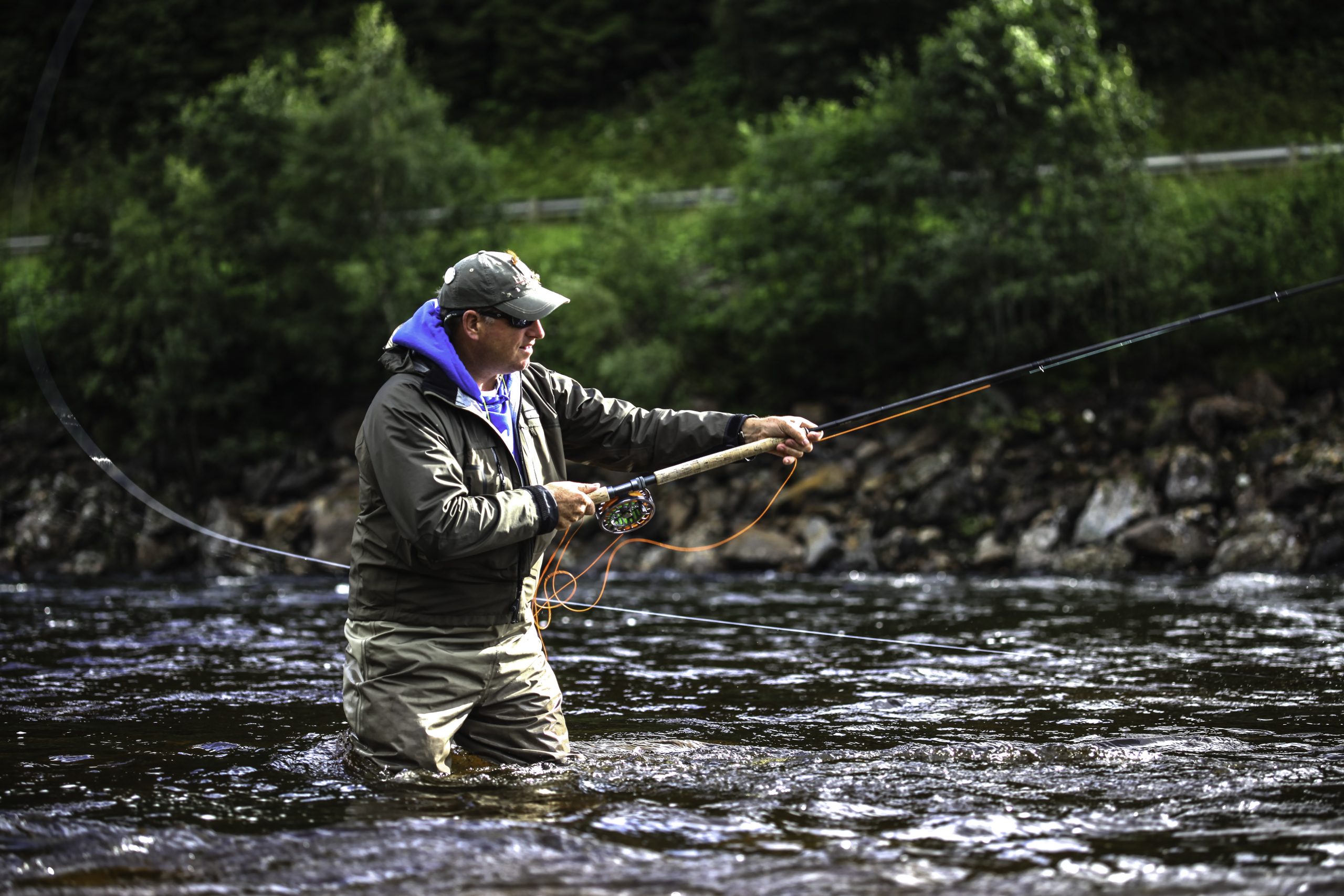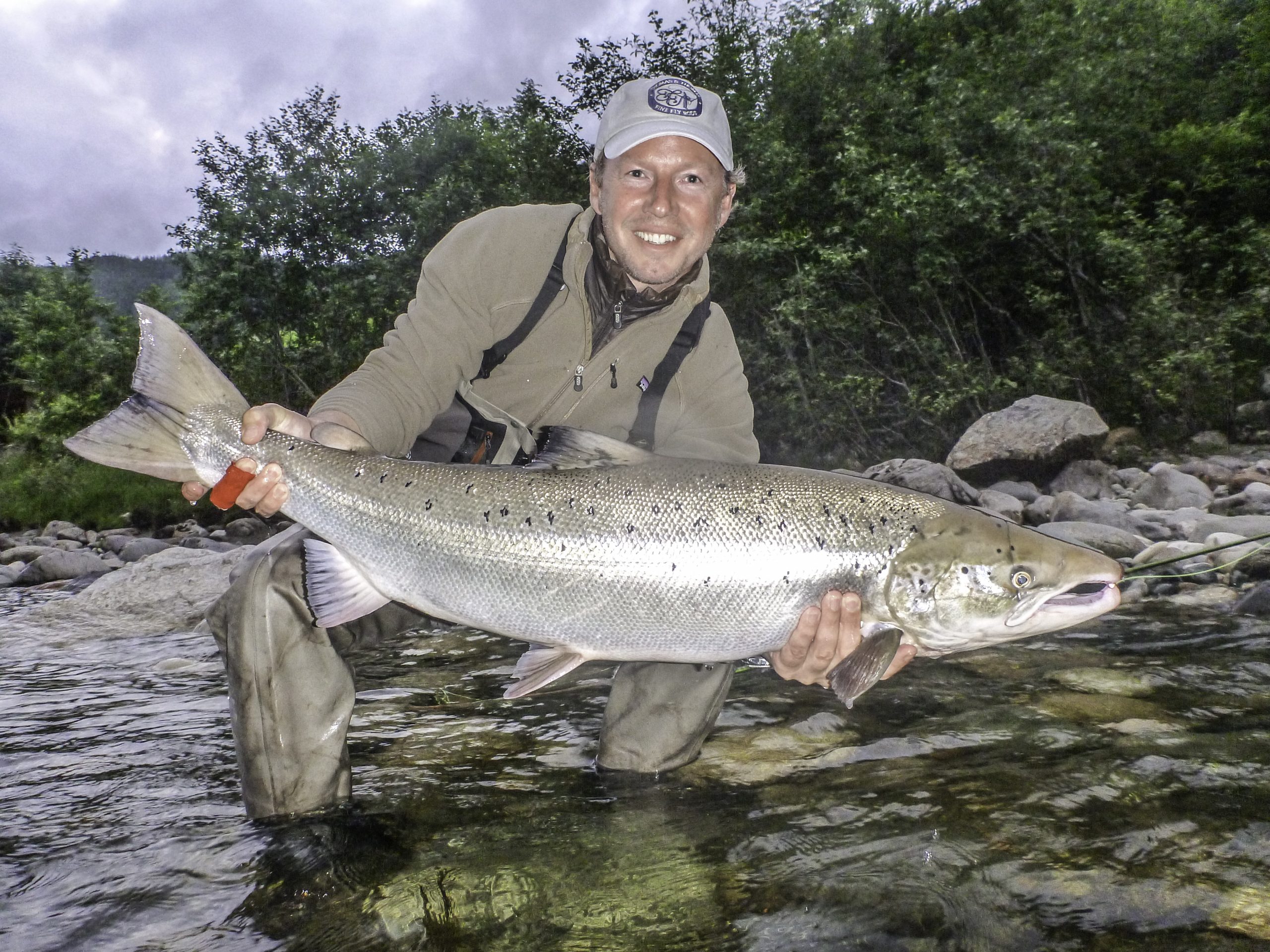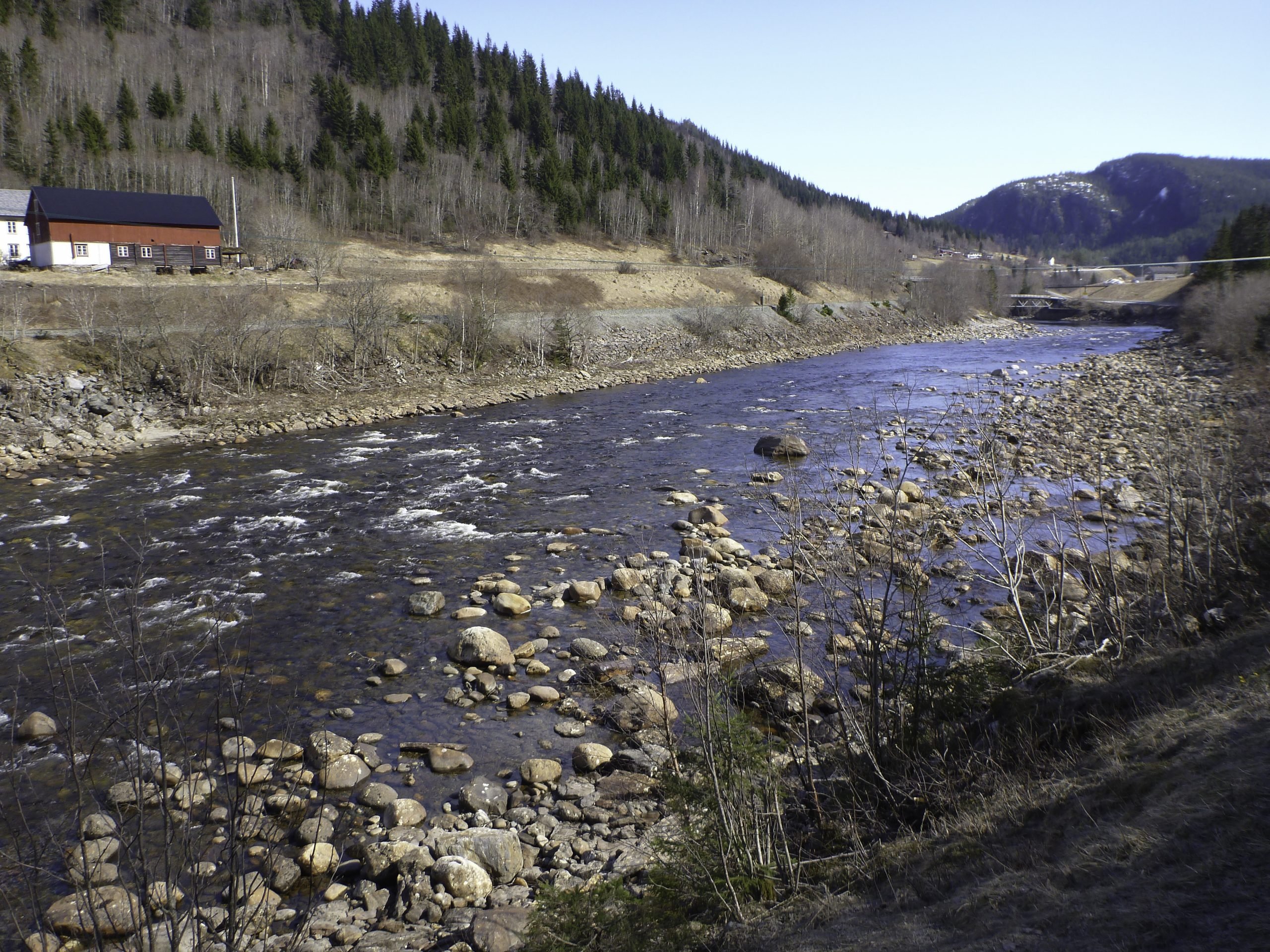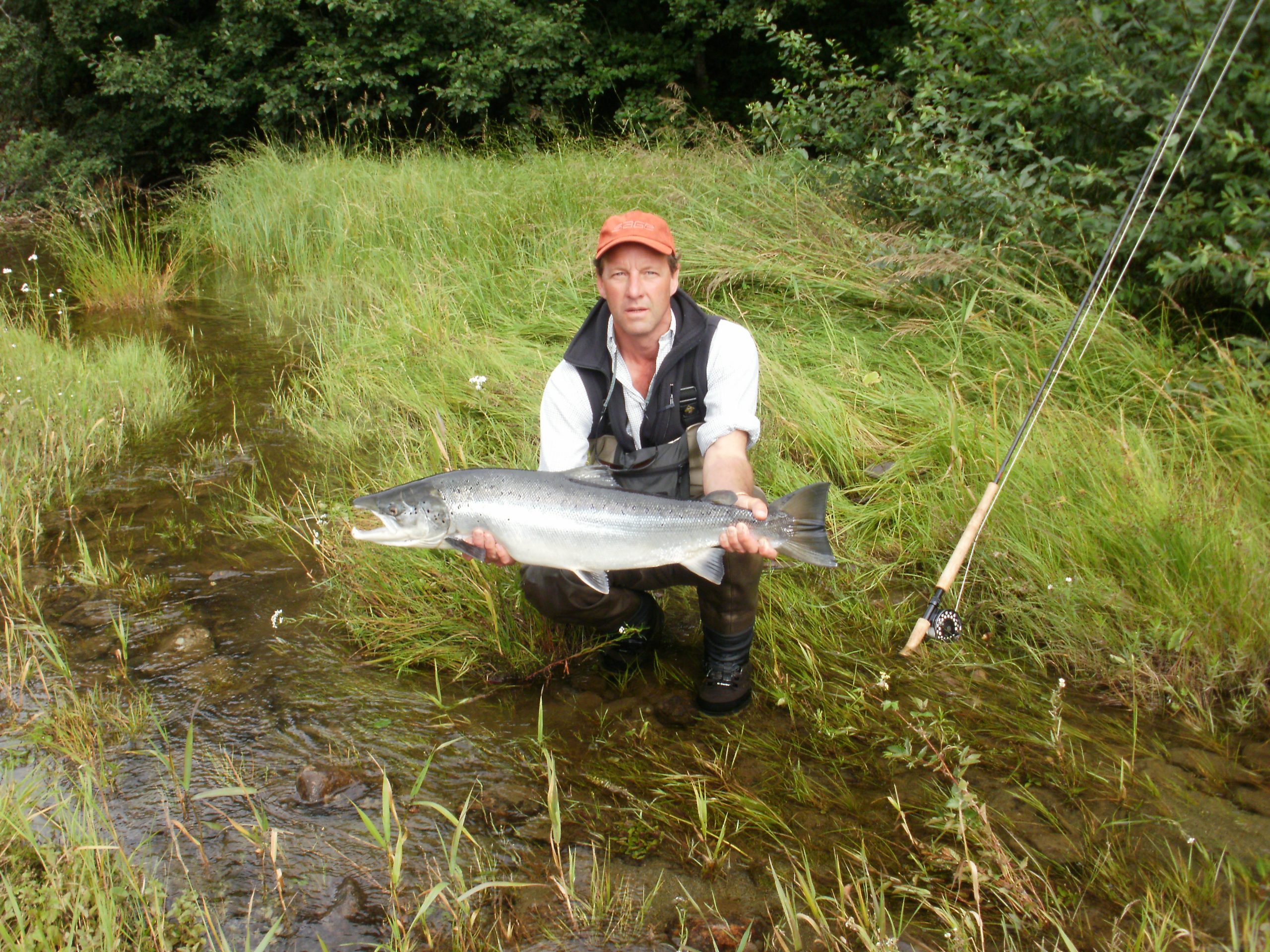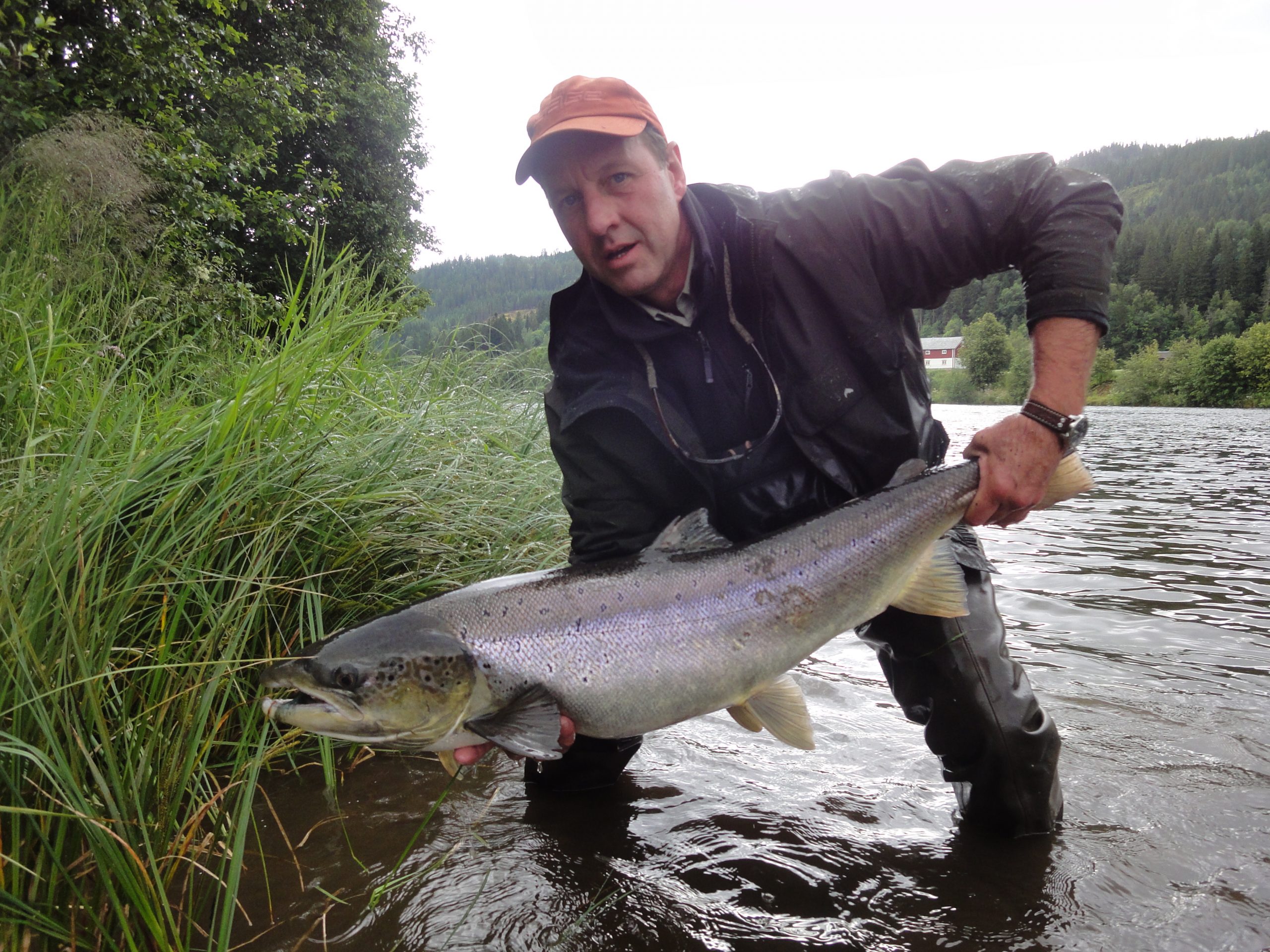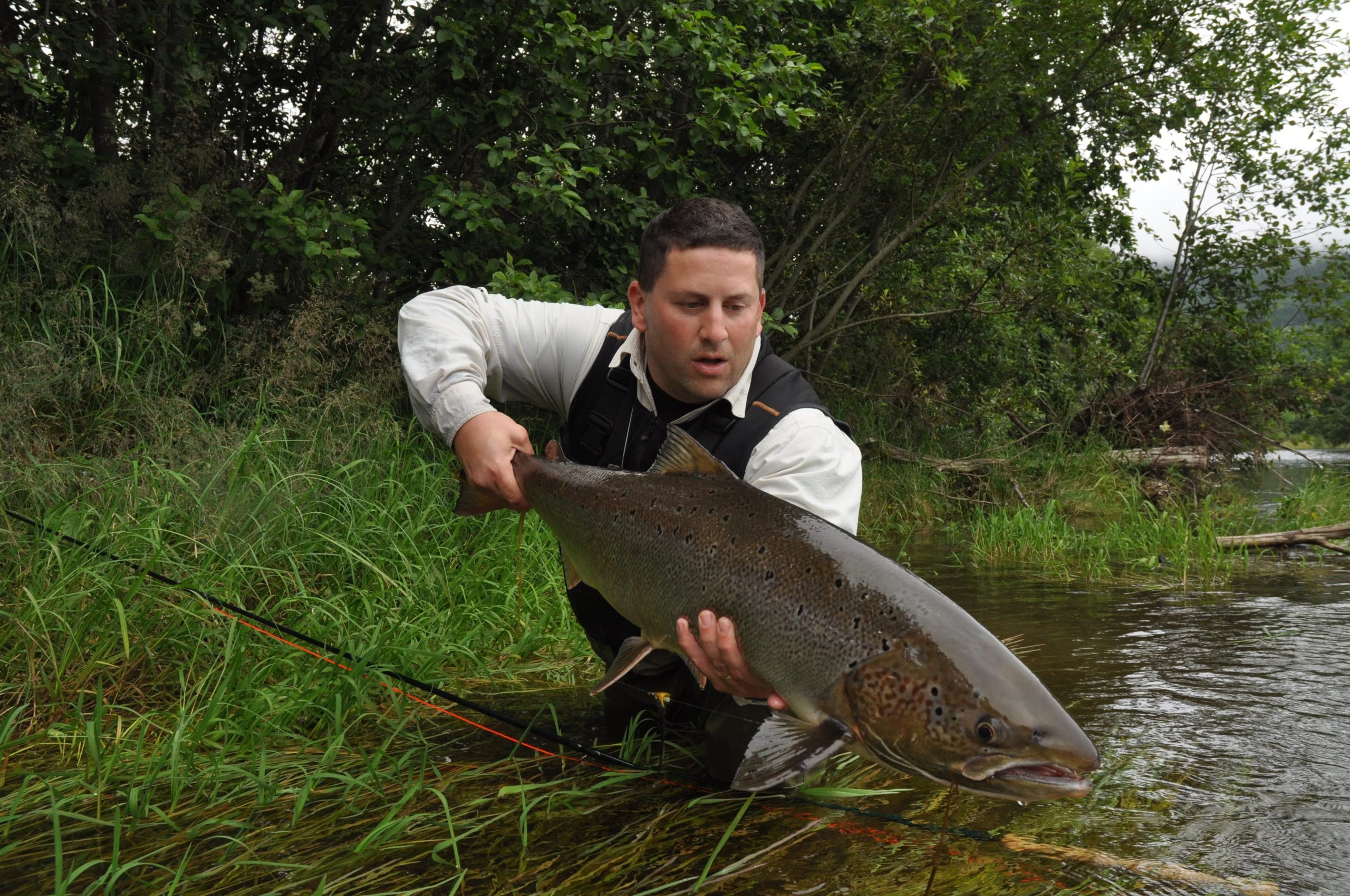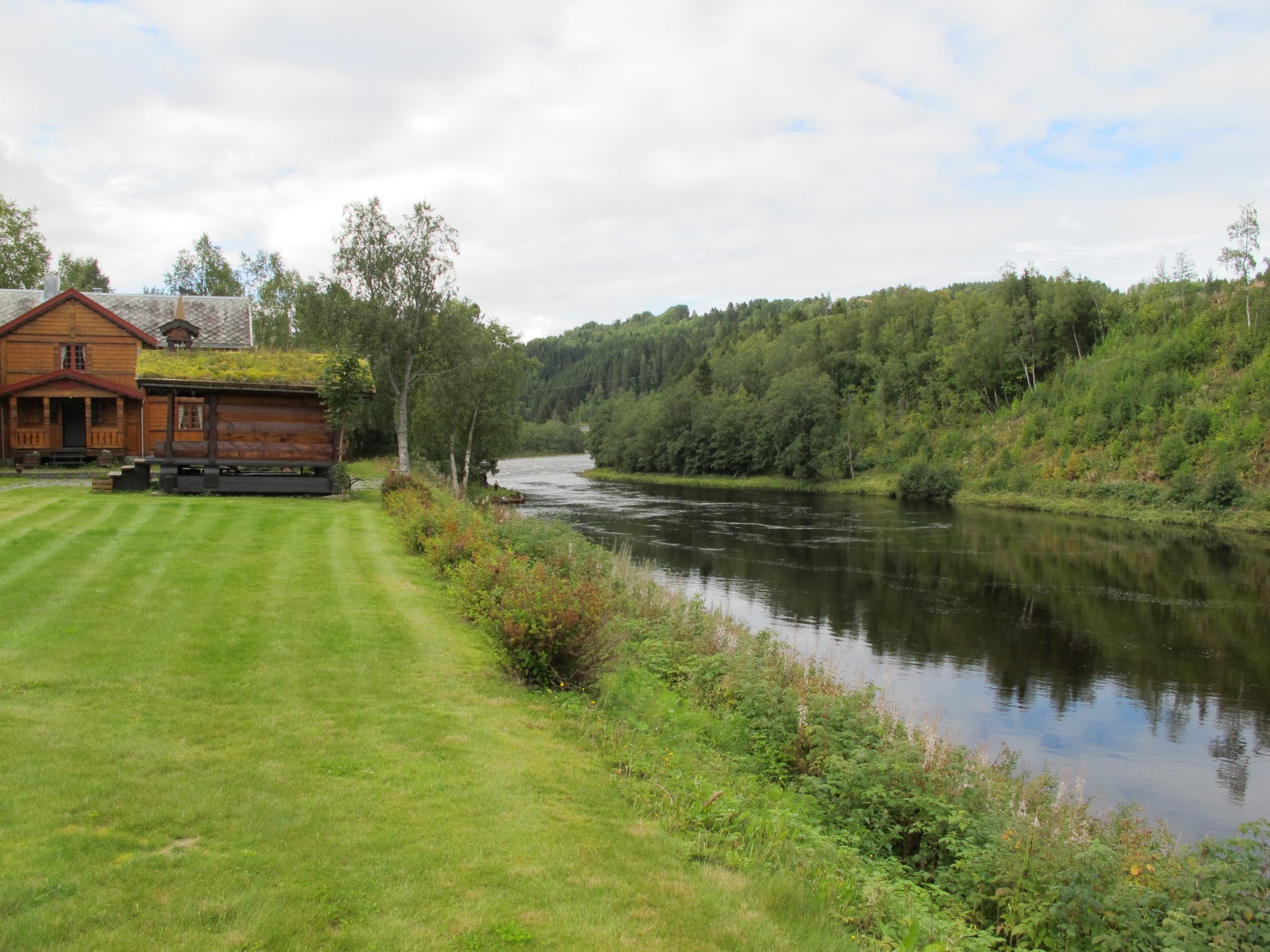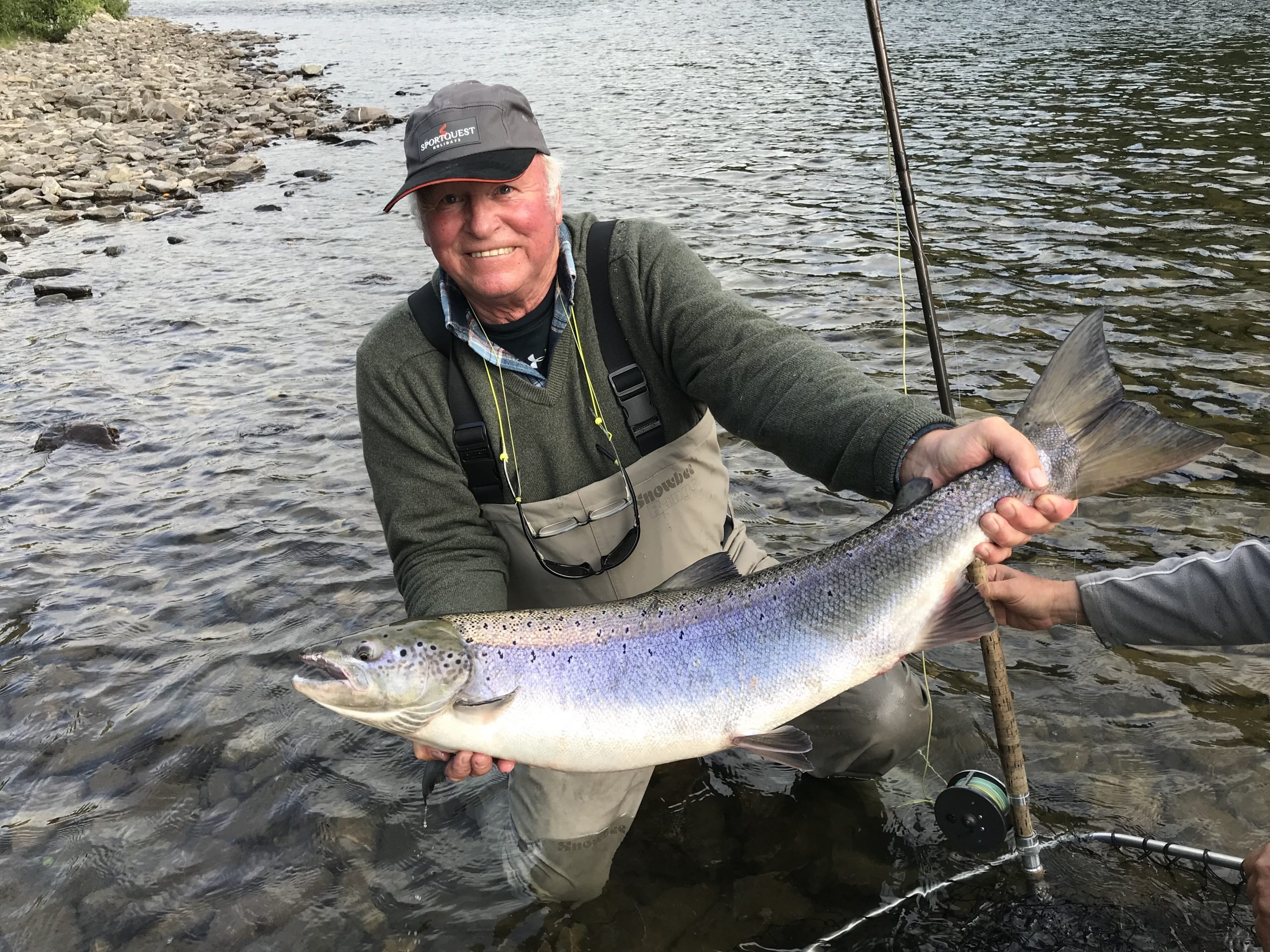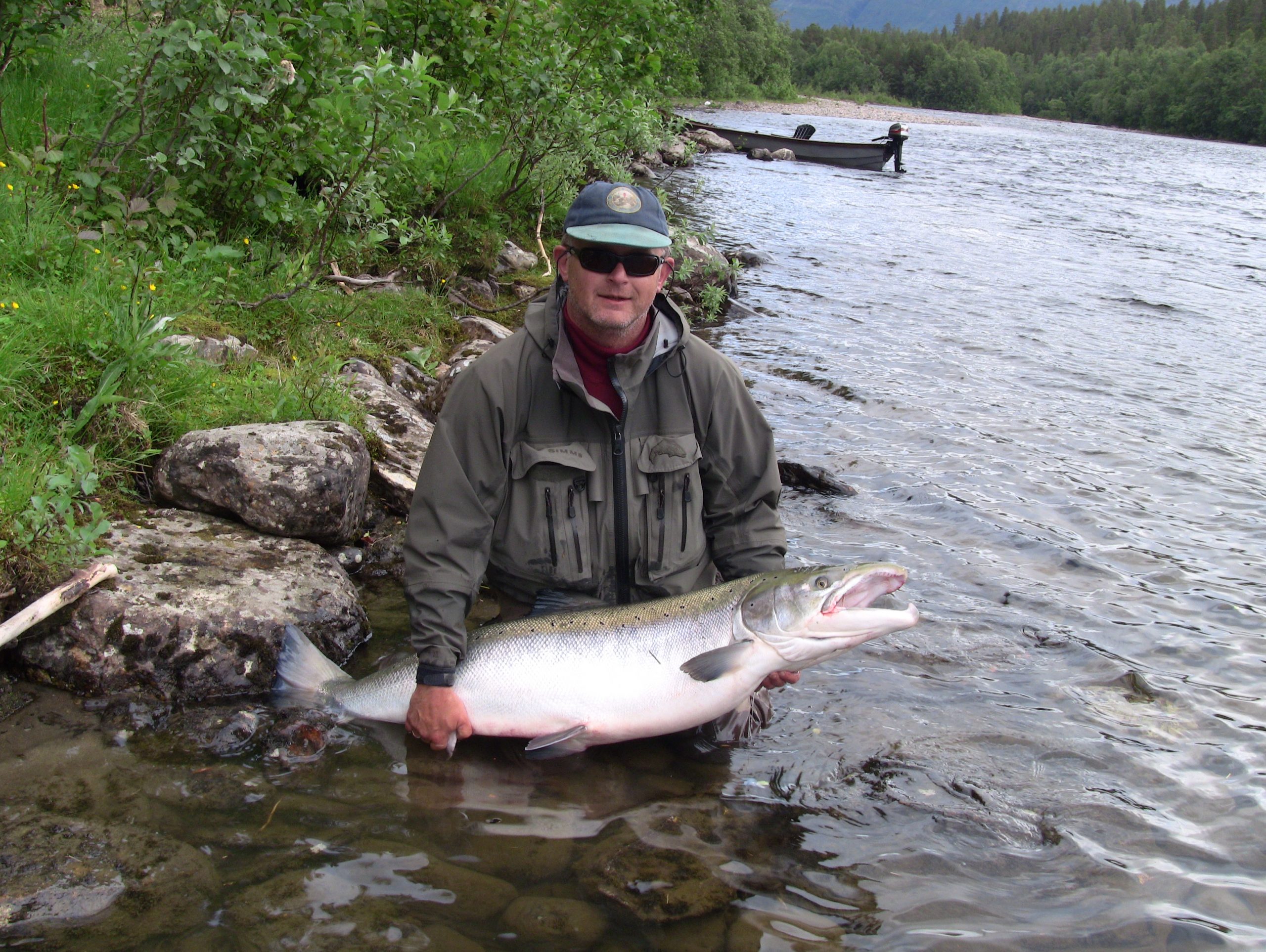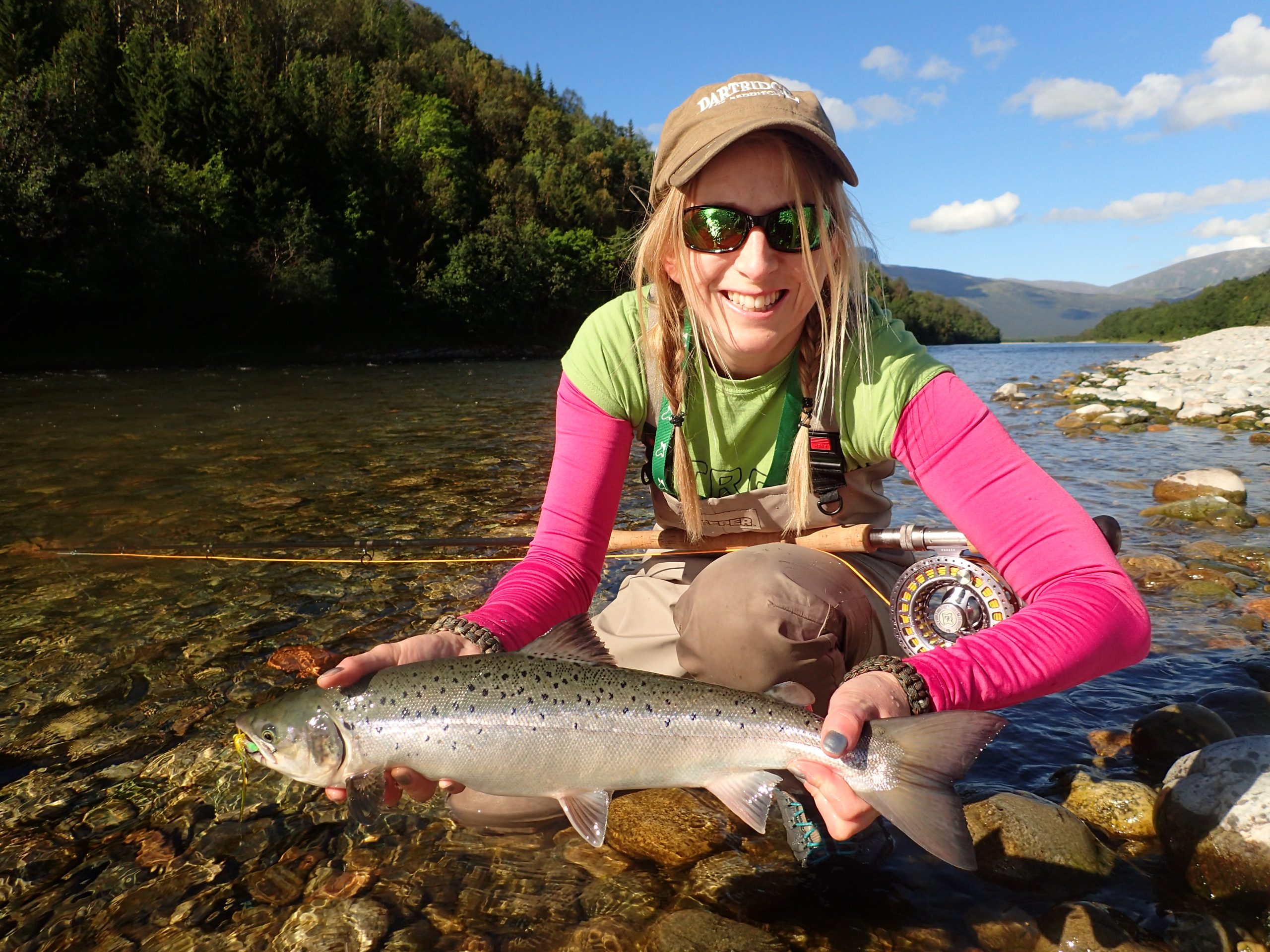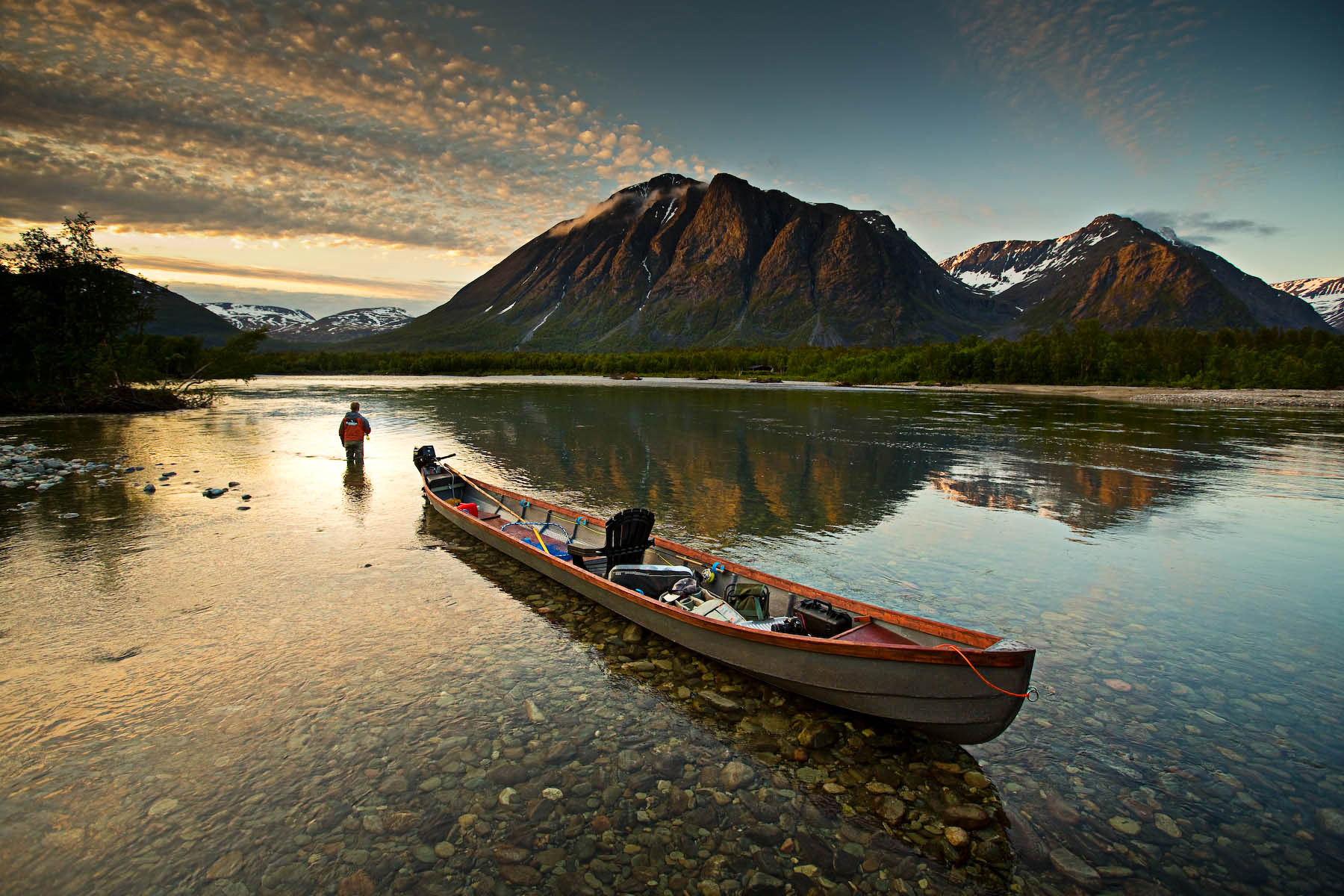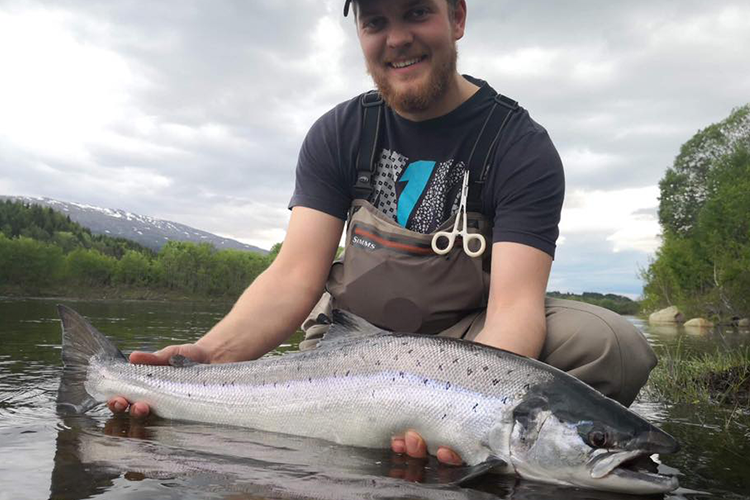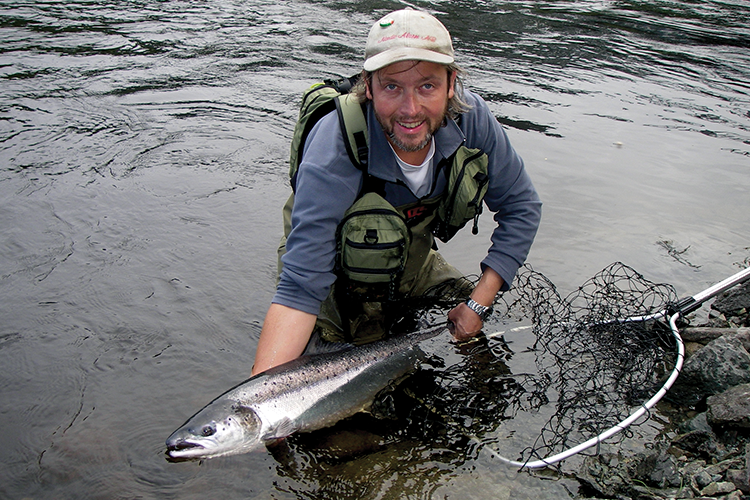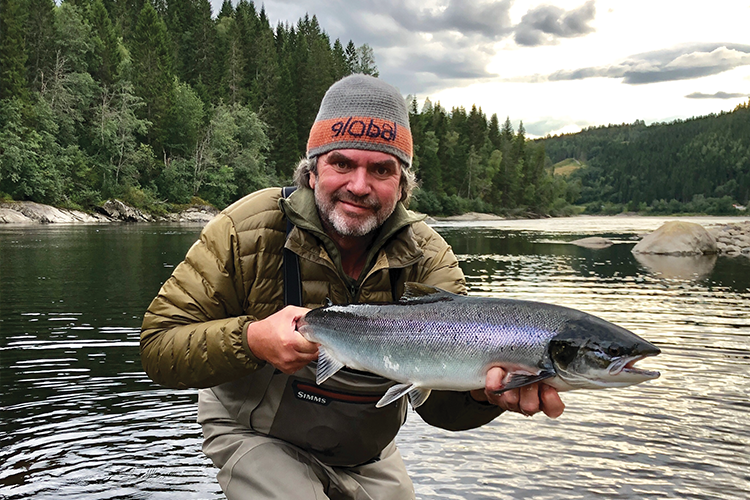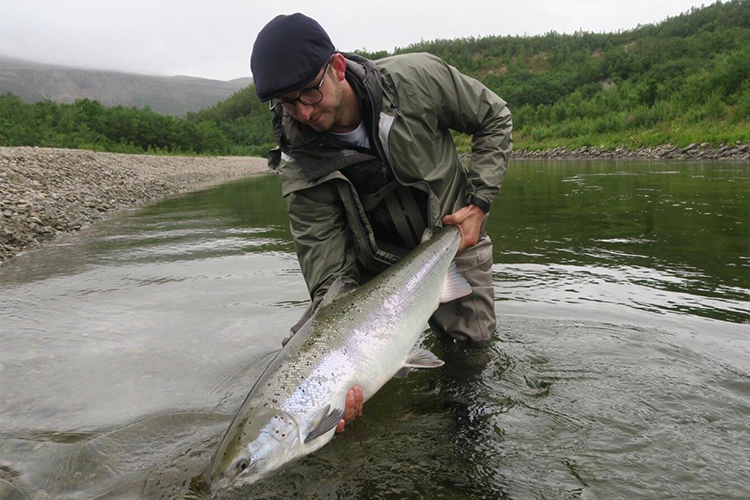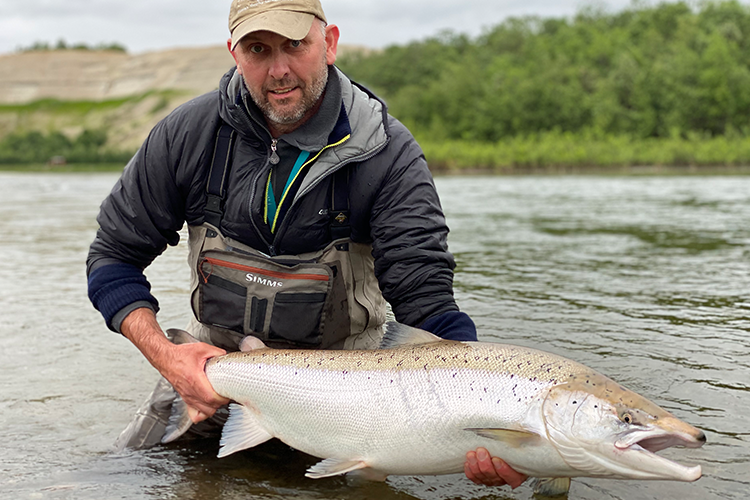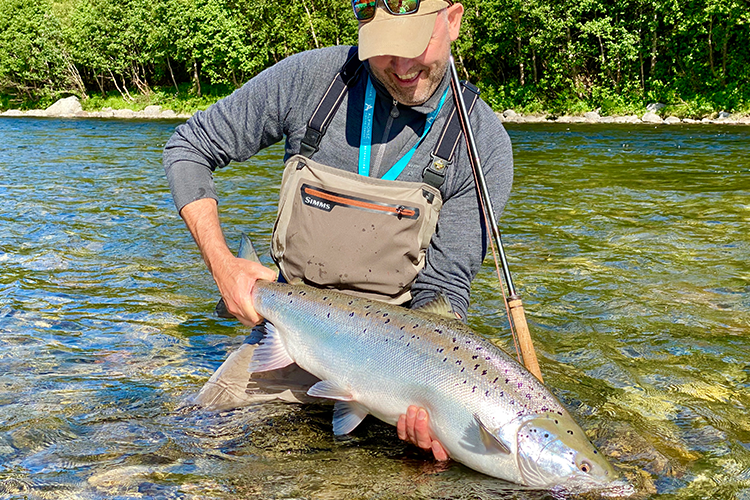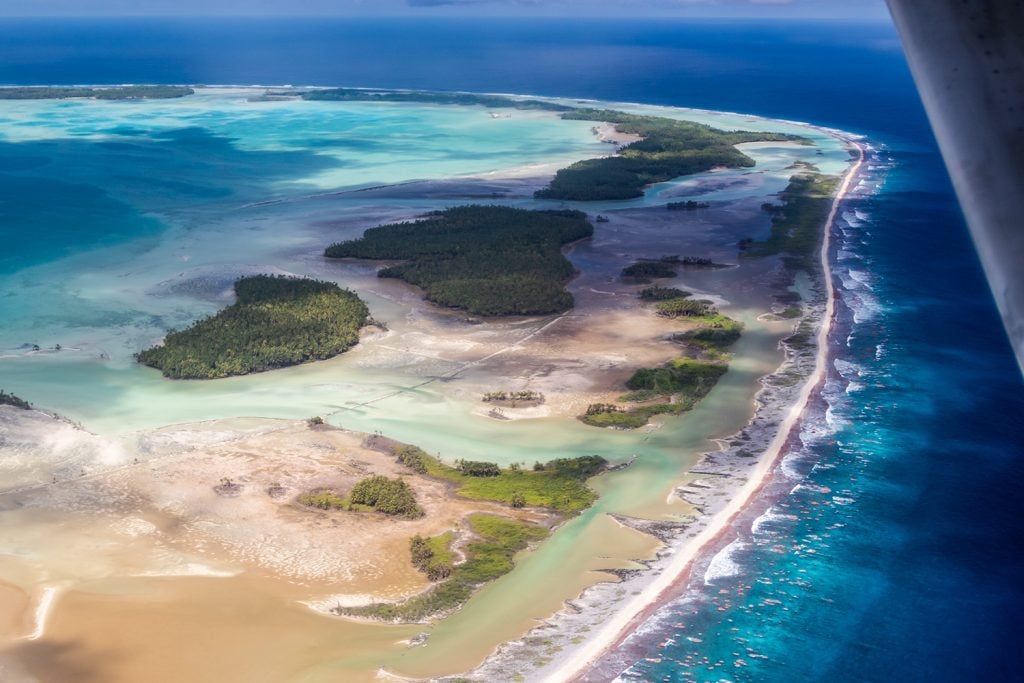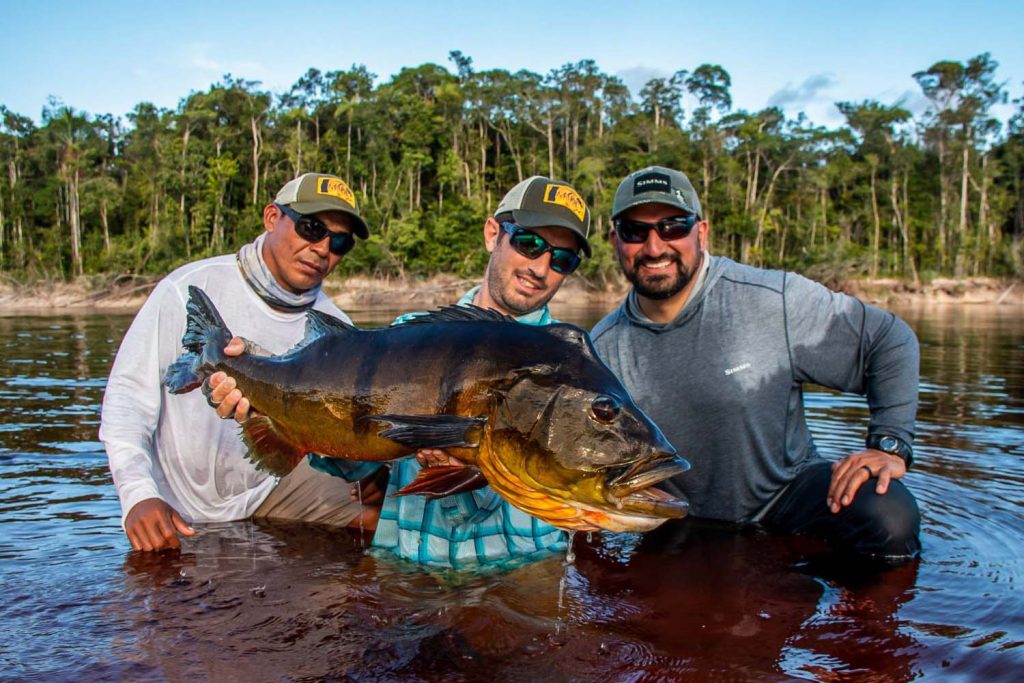Norway, or the land of the midnight sun, is home to some of the most iconic Salmon rivers on the planet. Famed as a destination for the numbers and size of fish inhabiting its waterways, nearly 100,000 travelling rods visit every year, fishing just some of its 450 plus rivers. Voted the ‘world’s most unspoilt travel destination’ by National Geographic Traveller, it’s one of the most beautiful places you can imagine to wet a line. With its encompassing mountains, glaciers, deep coastal fjords and miles of rich freshwater rivers, it’s easy to see why it’s so popular.
One question that we regularly get asked by our customers wishing to visit Norway and explore the fishing jewels it has to offer is ‘what are the best Norway Salmon rivers’? Answering such a question is challenging, as all of its rivers provide a range of different angling opportunities, and ultimately, the verdict depends on what you wish to experience. If it’s numbers of Salmon you’re looking for or simply the biggest Salmon the country has to offer, the answer for which river is best would be different. Norway is a country that has a river to accommodate all your fly fishing dreams.
Below, we have compiled a list of the best Norway Salmon rivers for Atlantic Salmon fishing and why each is so popular.
Our top Norway Salmon rivers for Atlantics
Gaula River
The Gaula River is famous amongst the freshwater fly fishing community, renowned for its first-class water and its wealth of opportunities to catch Atlantic Salmon.
Flowing for over 153 kilometres, through the Gauldal valley in Trøndelag county, it’s the longest river in Central Norway and drains a watershed of approximately 3,661 square kilometres and has an average flow of 97 m3/s (Cubic metres per second.) It rises from its headwaters in the Holtålen municipality near the mountain Kjølifjellet, flowing through Holtålen, Midtre Gauldal, and Melhus before emptying into Trondheimsfjord. On its way, it gets joined by one large tributary, the Sokna, and features two well-known waterfalls, the Gaulfoss and the Eggafoss. With no dams at any point along its path, the Gaula is entirely free-flowing, and as a result, its water levels rise and fall with the snowmelt and rain, providing varying conditions throughout the year.
In this stunning waterway fish over 20lb are commonplace, and specimens over the magical 40lb barrier get landed every season. In 2005 it was named the best Salmon river in Norway, with a catch of 37.5 tonnes; the following year, it topped 42 tonnes. Over the past five years, it’s boasted an average annual catch rate of over 4,300 individual fish, with an average size of just over 12lb, with the biggest fish recorded a colossal specimen of just over 50lb. Over the past decade and beyond, it has consistently been listed as one of Norway’s top five Salmon rivers.
The season begins on the river on the 1st of June with steady fishing throughout the whole stretch; however, the best early season sport gets found below the Gaulfoss rapids, as until the water level is just right, the fish cannot pass. Thus, during the early part of the season, the chances of landing a trophy Atlantic Salmon are at their highest and fish in the 15lb to 40lb range get regularly caught by travelling rods.
In terms of the number of fish, July is usually the most productive month of the season and is when anglers of all experience levels and abilities will stand their best chance of catching. Overall, the Gaula is a reliable river and is not overly hard to fish; however, it can be a technical river, so anglers who are proficient casters and those with a good understanding of presentations will often catch more Salmon.
Along its mighty length, there are many famous Lodges and beats, with the Gaula Flyfishing Lodge, NFC (Norweigian Fly-fishers Club) and Winsnes Lodge, to name a few. The latter is particularly famous and has been welcoming freshwater fly fishing anglers since 1882. Back then, anglers from the UK, known as Salmon Lords, rented the lodge every summer, seeking the largest, hardest-fighting Salmon in the world.
Today the lodge is managed by the descendants of the same family that built it in the 19th century. Anne Marit is the 17th generation of her family to live and own fishing rights in the valley since records began, while Matt Hayes, her husband, is a well-known angler, photographer and broadcaster.
If you would like to learn more about the Gaula River, visit our Gaula River tour page.
Length: 153 Kilometres
Season: The 1st of June to the 31st of August
Peak Season: Early July to Mid-August
Average Size Salmon: 12lb to 18lb
Largest Salmon: 51lb (Last five years)
Other Species: Sea-run Brown Trout and Char
Famous Lodges: Winsnes Lodge
Orkla River
The Orkla River is one of the most beautiful rivers in Norway and one of the most productive for Atlantic Salmon fishing, which is it has made its way onto our list of Norway Salmon rivers.
Flowing for over 180 kilometres, it’s the longest river in Trøndelag county and the fourth largest in Norway by volume, draining a watershed of approximately 3,053 square kilometres, with an average flow of 67.27 m3/s (Cubic metres per second.) The river originates in lake Orkelsjøen, a small lake near the watershed with the river Unna in the Glomma river system, in the municipality of Oppdal in the Dovrefjell mountains. It flows following the Orkdalen valley before discharging into the Orkdal Fjord. Unlike the Gaula’s water levels, dictated by mother nature, the Orklas gets regulated by five power generation reservoirs. Built between 1978 and 1985, they have been a successful method of flood control preventing the river’s major seasonal flooding.
The Salmon in the Orkla average around 10lb to 12lb; however, it does throw up some specimens every year, and over the last three years, the beats we fish have produced a dozen fish over 33lb. One of the largest fish ever landed from the river was a beautiful fish of 45lb. It’s a little more productive than the Guala, too, with an average annual catch rate of over 5,500 individual fish.
The first Salmon arrive in the river around the end of May and the beginning of June, and these are the most significant three winter fish. Named as such because they have spent more winters at sea feeding in a marine environment, growing to epic proportions on the rich ladder of saltwater food. The two winter fish, slightly smaller in size, follow them in July and then the Grilse, fish that have only spent one winter at sea, towards the end of July and August. The early part of the year is, without doubt, the best chance to land a specimen, but the middle of the season is most productive, as the two winter fish, three winter fish and Grilse are all in the river at the same time. In addition, the smaller fish will often also spur on the largest specimens that are already in the river to feed.
Thanks to the introduction of the hydroelectric dams, the water levels and conditions across the river remain relatively consistent throughout the season. Although the Orkla isn’t quite as powerful as the Gaula, Spey rods are still needed to fish it effectively, and some of the early season weeks aren’t for the faint-hearted.
Despite flowing for over 180 kilometres, most of the Orklas Salmon lodges get concentrated in an 88-kilometre stretch, which is most productive for fishing. The Orkla River Lodge, Grindal Salmon Lodge and Orklagaard AS are some of the most famous names amongst the freshwater fly fishing community. All have fantastic reputations, not just as first-class Salmon Lodges, but for producing some of Norway’s best Atlantic Salmon fishing.
If you would like to learn more about the Orkla River, visit our Orkla River tour page.
Length: 180 Kilometres
Season: The 1st of June to the 31st of August
Peak Season: Early July to Mid-August
Average Size Salmon: 10lb to 12lb
Largest Salmon: 35lb (Last five years)
Other Species: Sea-run Brown Trout and Char
Famous Lodges: Orklagaard Lodge
Reisa River
The Reisa River is famed as a big fish river renowned for producing some of the largest Atlantic Salmon found anywhere in Norway, hence the reason for being on our Norway Salmon rivers list.
Flowing for 127 kilometres, it originates from Lake Ráisjávri in the tundra of the Finnmark region, travelling in a north-westerly direction through Reisadalen to the mouth of the Reisafjord at the municipal centre Storslett, emptying into the North Atlantic. It drains a watershed of approximately 3,437 square kilometres, with an average flow of 83.7 m3/s (Cubic metres per second.) One of Norway’s most impressive rivers, it scythes through the mountainous terrain and deep pine forested landscape, rising and travelling abruptly – its name comes from the Old Norse verb Risa, meaning “rise”. Out of the 120 kilometres that the Reisa flows for, 85 kilometres are fishable, as the returning Atlantic Salmon can only swim that far before they reach the unsurpassable obstacle of the Imofossen Falls. The total fishable water is divided into 19 zones, with ten zones in the lower part of the river and nine zones in the upper part, accessible via boat.
With phenomenal conditions for the Salmon, the Reisa is an out and out big fish river. There are very few locations in the world that can offer freshwater fly fishing anglers such a fantastic chance of hooking an Atlantic Salmon of over 30lb. Like its sister river a bit farther north, the Alta, the Reisa can lay claim to the fact that at least 40% of returning Salmon weigh over 15lbs and more than half of these weigh in at over 20lbs. In contrast to the evolution of many salmon rivers worldwide, the return of large Salmon to the river is improving from year to year.
During the end of June and early July, the Reisa generally has a stable water level, and on many of the lower beats at this time of year, there’s the chance of hooking a true monster. Fish to over 50lb, fresh from the Arctic Ocean, start to invade its watercourse, and many travelling rods have landed their personal bests fishing its banks at this time of year.
It’s fair to say the Reisa is challenging but utterly rewarding. Despite not being one of the largest rivers in Norway is does require a skilful cast with a Spey rod to cover the water and control your swing adequately. It’s not always the most straightforward river to fish, but as Matt Harris once famously said, ‘fishing the Riesa is tough, but a good tough’.
The Reisastua Lodge is one of the most famous lodges on the river. It is located within the stunning Reisa valley, only a stone’s throw away from the Reisadalen national park and is a small piece of serene heaven and one of the most beautiful places in the world.
If you would like to learn more about the Reisa River, visit our Reisa River tour page.
Length: 127 Kilometres
Season: The 1st of June to the 31st of August
Peak Season: Late June to Mid July
Average Size Salmon: 15lb to 20lb
Largest Salmon: 51lb (Last five years)
Other Species: Sea-run Brown Trout and Char
Famous Lodges: Reisastua Lodge
Namsen River
Like the Reisa, the Namsen river is also famed for its huge Atlantic Salmon. Affectionately known as the ‘Queen of Rivers’, it’s steeped in history and first came to prominence in the 19th century when adventurous British fishers started visiting its banks, returning with stories of abundant numbers of large Salmon.
One of the longest rivers in Trøndelag county, in the central part of Norway, it flows for 228-kilometres through the municipalities of Røyrvik, Namsskogan, Grong, Overhalla, and Namsos before emptying into the Atlantic Ocean at Namsenfjorden. It drains a vast watershed of approximately 6,200 square kilometres and has an average flow of 285 m3/s (Cubic metres per second.) For travelling rods, the Namsen is one of the most intriguing rivers in Norway, not just because of the big fish it holds but because of its varied water. It features a range of pools, rough water and long, calm flowing straights – it allows for a wide variation of fly fishing techniques and offers a whole host of exciting fishing experiences.
For centuries it’s been a river synonymous with good catches of Atlantic Salmon, both in terms of numbers and size. In 2017 the river was responsible for over 10,000 Atlantic Salmon, a proportion of these were smaller Grilse fish, but they were heavily interspersed with plenty of two and three winter fish, in the 20lb to 40lb range. In the same year, the most significant specimen landed from the Namsen was a stunning fish of just over 48lb, whilst the biggest fish on record currently stands at a whopping 59lb.
Like much of Norway, the Salmon season on the Namsen runs from the 1st of June to the 31st of August. The season’s opening weeks are relatively classic spring-like Salmon fishing conditions and are typically when the most significant fish enter the river systems. During the early part of the season, fishing can be productive on the lower section of the river below Skogmo. However, fishing is most productive by late June and the beginning of July, as the water levels have often dropped, and the vast Grilse run is in full swing. At this time of year, Fossland and one of the Namsens tributaries, the Sandola, can be very kind to anglers, along with Fiskum Foss. Fiskum Foss is a formidable natural barrier in the shape of a 34-meter high waterfall and is one of the best spots on the entire Namsen. Despite introducing a Salmon ladder tunnelled through the rock, the area remains one of the most popular and productive spots on the whole river.
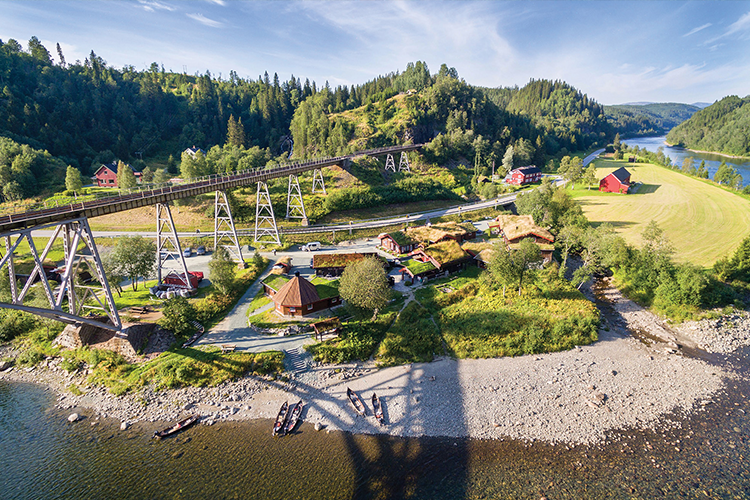

Throughout its 228-kilometre journey, numerous Salmon Lodges are dotted along its banks; however, one of the most famous is Namsentunet Lodge. Offering anglers over 15 kilometres of double bank fishing, spread over two rivers, and 28 quality Salmon Pools at each anglers disposal, it’s no surprise that it’s becoming the go-to destination for travelling freshwater fly anglers wishing to visit Norway.
If you would like to learn more about the Namsen River, visit our Namsen River tour page.
Length: 228 Kilometres
Season: The 1st of June to the 31st of August
Peak Season: Late June to Early July
Average Size Salmon: 12lb to 25lb
Largest Salmon: 59lb
Other Species: Sea-run Brown Trout and Char
Famous Lodges: Namsentunet Lodge
Lakselva River
For many years the Lakselva has been a relatively unknown river, certainly compared to other big rivers in the region, but in recent times, thanks to its catches of Atlantic Salmon, it has been brought to the attention of travelling freshwater fly fishing anglers from all around the globe. Beginning its journey in Karasjok Municipality, the Lakselva runs for 103 kilometres north through Porsanger Municipality into the Porsangerfjorden, a fjord off the Barents Sea. It’s a relatively small river, draining a watershed of just 1,539 square kilometres with an average flow of only 26.93 m3/s (Cubic metres per second.)
Despite being set in a region with a relatively low average water flow, the river has been among Norway’s top rivers for its number of big Salmon captures over the last couple of seasons. The really big specimens in the river typically range between 40lb to 50lb, and the current record stands at a whopping 55lb. Although the Lakselva is famed as a ‘big fish’ destination, it also produces a consistent number of fish every year. For example, in 2020, over 1100 Salmon were landed by fly anglers, with an average weight of just over 13lb, with 479 of the fish weighing in at over 15lb. It’s a river on which every cast is genuinely exciting.
Generally, a clear running river, the Lakselva can easily be fished with a 14-15ft fly rod early on in the year, and as the season progresses, a 12-14ft fly rod is more than ample. It’s sometimes hard to imagine that Salmon of 20lb, 30lb and even 40lb can run such a manageable sized river.
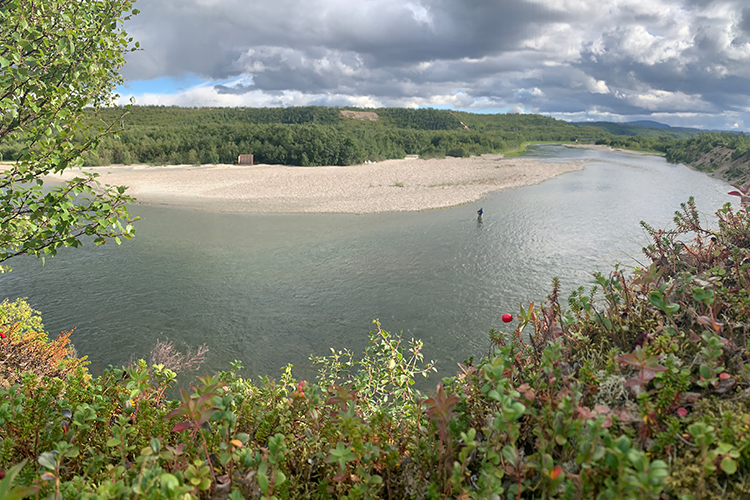

One of the most famous and popular destinations on the Lakselv is Oldero Lodge. Oldero is an authentic piece of freshwater fly fishing paradise with a vast array of different beats, easy wading and two-handed fly fishing.
If you would like to learn more about the Lakselva River, visit our Lakselva River tour page.
Length: 103 Kilometres
Season: The 15th of June to the 15th of September
Peak Season: July to Mid August
Average Size Salmon: 10lb to 16lb
Largest Salmon: 55lb
Other Species: Sea-run Brown Trout and Char
Famous Lodges: Oldero Lodge, Stangnes Lodge
Contact us
What are your top Norway Salmon rivers and why? Leave your answers in the comments below.
If you want to learn more about Fly fishing, you can contact our experienced team, who will be happy to answer any queries you have by calling 01603 407596 or by emailing info@sportquestholidays.com. Why not take some time to look at our ever-growing list of Salt and Freshwater fishing destinations which can all be seen our dedicated Fly fishing page or some of the fantastic fishing videos that can be found over on our Youtube Channel.
